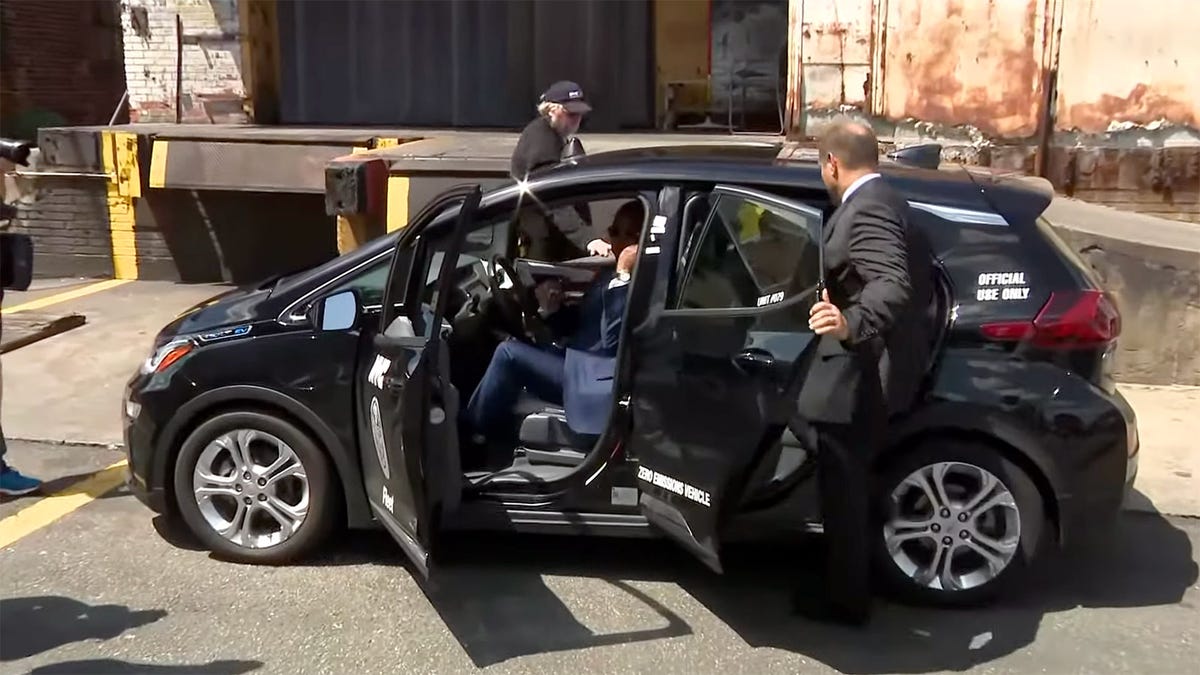NYC Is Testing Active Speed Limiters on City Cars to Curb Speeding

Fifty New York City fleet vehicles received active intelligent speed assistance systems this week as part of a pilot program to help curb the rise of traffic fatalities in the five boroughs. If deemed successful, the city plans to roll the technology out to all 30,000 of its vehicles — everything from yellow cabs to Parks Department cars.
Active intelligent speed assistance is pretty straightforward. Many cars sold today have the ability to recognize local posted speed limits via a combination of GPS and visual data; the difference with an ISA-equipped car is that it will slow you down as you exceed that limit, or prevent you from exceeding it at all. Unlike the more passive ISA systems recently mandated in Europe, those installed on NYC fleet vehicles don’t just inform you that you’re speeding — they stop you from speeding entirely.
According to the city, it cost $80,000 to outfit these initial 50 vehicles with ISA technology. They’ll be field-tested for six months, after which the U.S. Department of Transportation Volpe Center will release a report on the findings.
Earlier this month, New York City activated its speed cameras 24/7; it was another response to the rising trend of traffic-related deaths since the start of the pandemic that’s affected not just New York, but the nation. From the New York Times:
In 2013, 184 pedestrians were killed on city streets, a number that had dropped to 94 by 2020, according to data from Vision Zero, the city’s traffic death initiative. That trend reversed last year, however, when traffic deaths surged to their highest in nearly a decade, with 125 pedestrians killed.
As of Aug. 1 this year, 60 pedestrians had been killed throughout New York City, according to city data. By comparison, 70 had died by this time in 2021.
G/O Media may get a commission
Year-round basics
Uniqlo Summer Sale
Basics you don’t wanna miss
Uniqlo’s summer sales are not to be missed. The whole sale is killer to stock up on the basics Uniqlo is known for—subtle colors, classic silhouettes, and a dress up-or-down vibe.
The city can’t mandate speed governors on every car on its roads, but it can at least impose them on its own fleet. Speeding can increase the likelihood of crashes; but unreasonably low speed limits, inconsistent policing, and measures like red-light cameras are also exploited by law enforcement and governments to generate revenue. Both are true.
It’s also true that differentials in speed within traffic create the optimal conditions for accidents to occur. Intelligent speed assistance could help that, but probably only if more people use it. And that’s not likely to happen without a big fight, as the recent uproar over Europe’s new law demonstrated.



